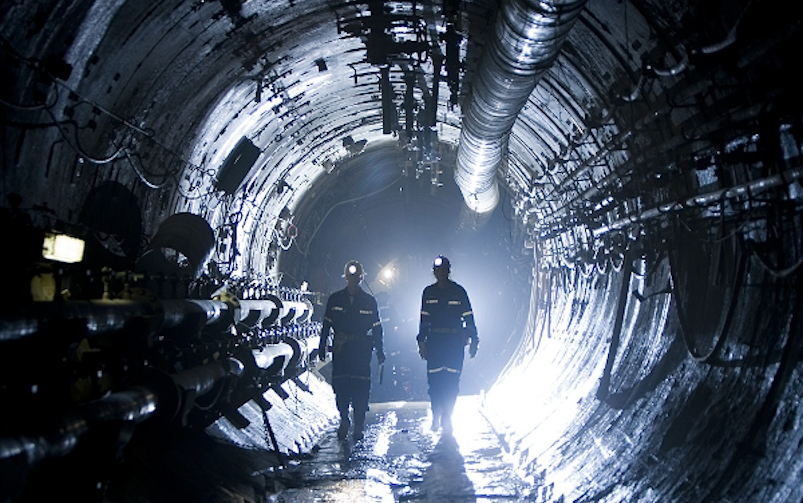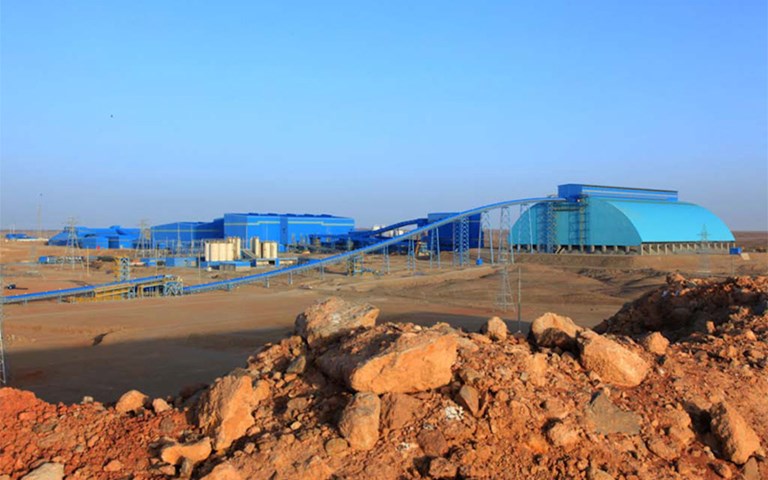The new mine plan came as a result of unexpected stability issues at the project. Courtesy of Turquoise Hill Resources.
Higher production and lower mineral reserves are expected at Rio Tinto’s Oyu Tolgoi copper-gold project located in Mongolia, according to a new technical report filed by Turquoise Hill Resources on Aug. 31.
The technical report was filed as a follow-up to a new feasibility study for the project released on July 2, which detailed a new mine design for the project’s Hugo North Lift 1 block cave lift. Turquoise Hill – of which Rio Tinto owns 50.8 per cent – plans to leave pillars measuring 120 metres wide separating one of the panels (Panel 0) from the other two panels (Panels 1 and 2) that comprise Lift 1. According to the report, this new design “has had the effect of reducing the Hugo North mineral reserve estimate but has also increased confidence in the projected performance of the planned mining operation.”
The new design – a result of stability risks first reported by Rio Tinto in July 2019 – has resulted in production delays of approximately 25 months and a capital cost increase of approximately US$1.5 billion. Additionally, estimated mineral reserves at the Hugo North Lift 1 deposit have been reduced to 6.7 million tonnes of copper and 4.5 million ounces of gold, compared to its previous estimate of 7.9 million tonnes of copper and 5.4 million ounces of gold.
Related: The agreement between the Innu communities of Uashat mak Mani-Utenam and Matimekush-Lac John and Rio Tinto will address environmental cooperation and economic development
However, the technical report says that this is still better than the previous plan from 2016, saying that “had the mining of Panel 0 progressed as envisaged in the 2016 Feasibility study, a large part of the mineral reserves in Panel 0 may not have been recoverable and the planned production rate from the panel may not have been achievable. The delays associated with managing the difficult mining conditions in Panel 0 could have also slowed the development of Panels 1 and 2.”
As a positive, the new plan has allowed Turquoise Hill to increase its gold production outlook for 2021 to between 500,000 and 550,000 ounces, up from 450,000 to 500,000 ounces. The plan also allows for copper production growth of 315 per cent from 2022 to 2028, with a maximum annual production of 580,000 tonnes, as well as gold production growth of 140 per cent in the same time frame with a maximum annual production of 570,000 ounces.
According to Rio Tinto, first sustainable production from the project is estimated to start between October 2022 and June 2023, with total development capital ranging between US$6.6 to US$7.1 billion.



